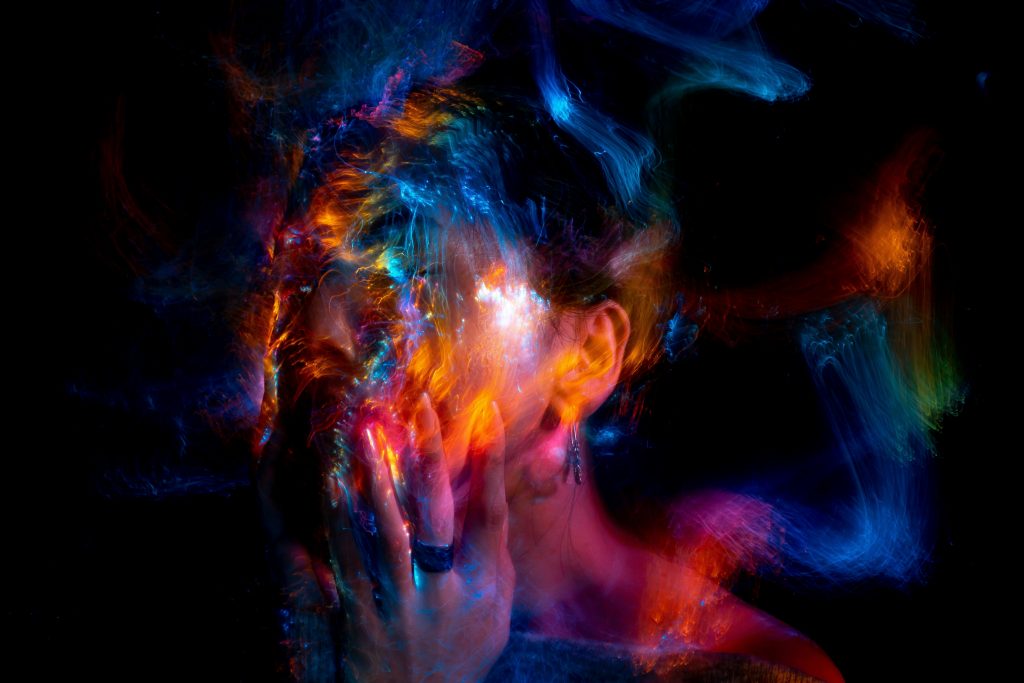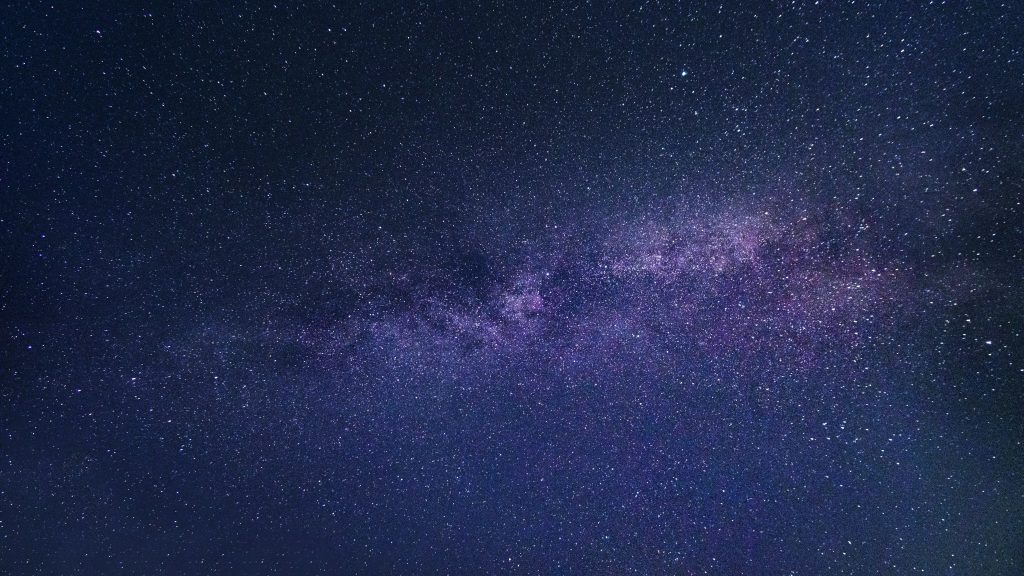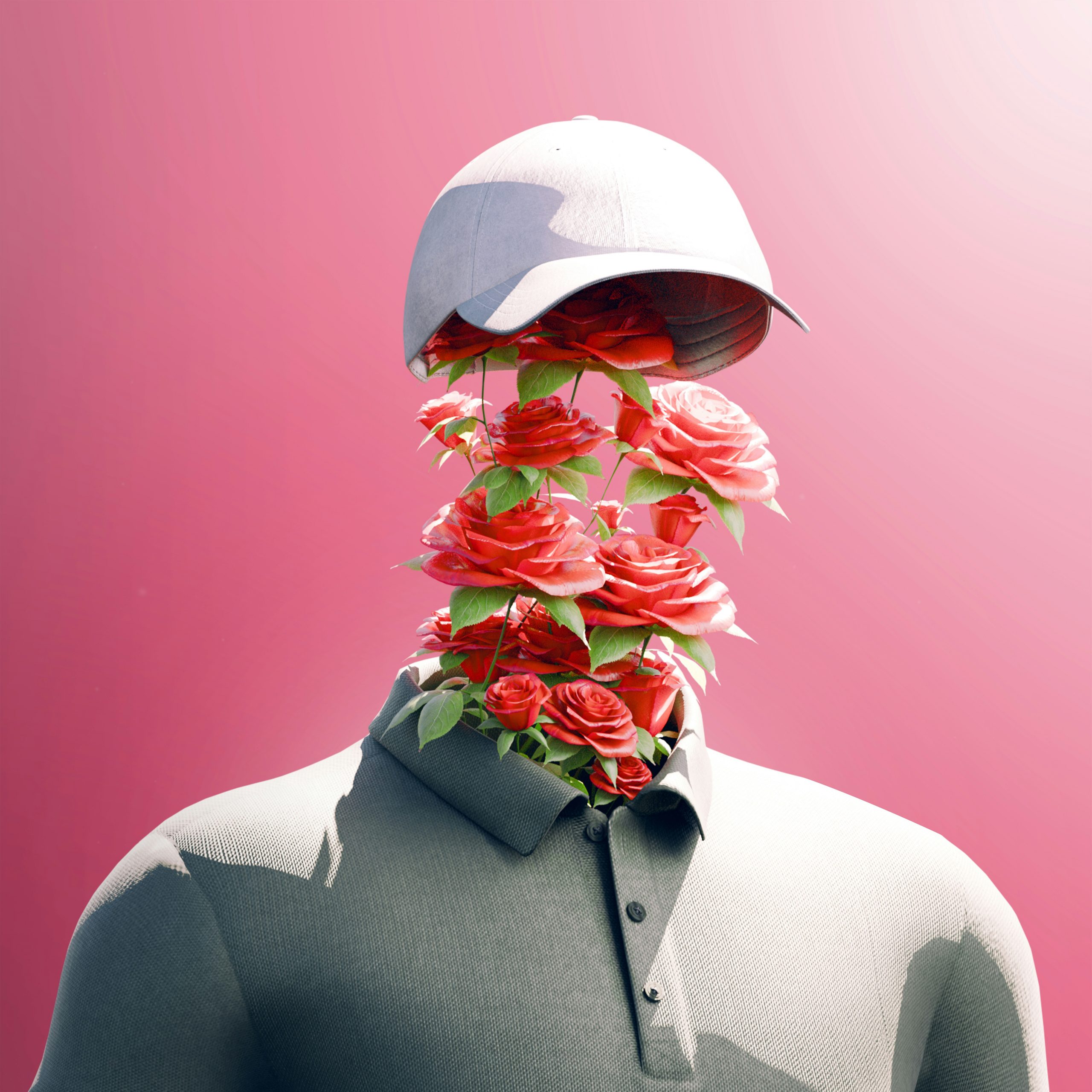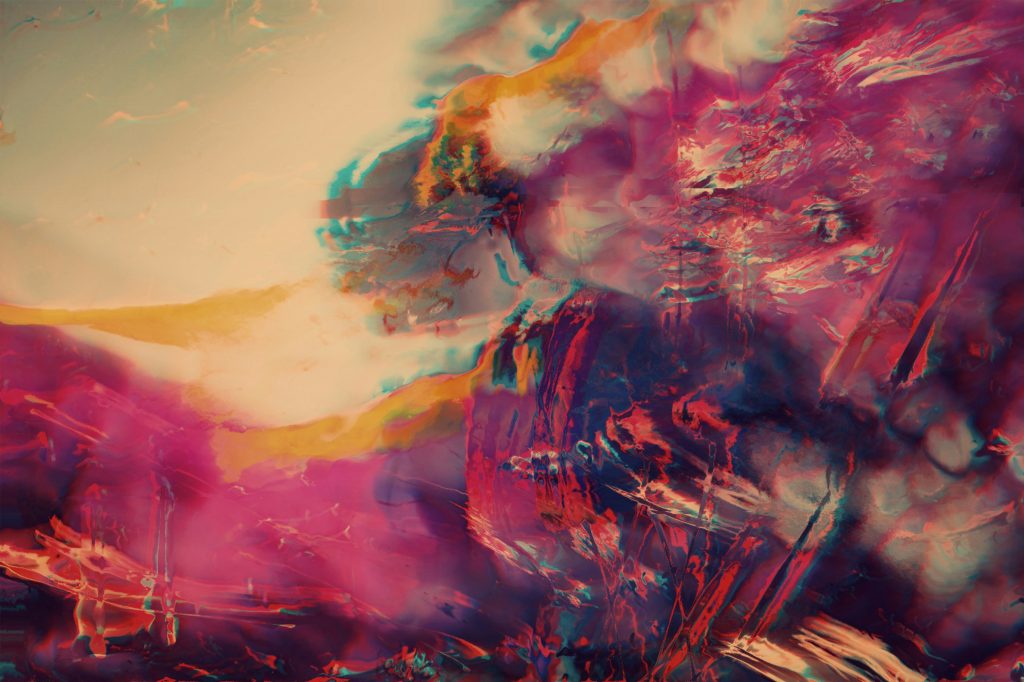Elevate your curiosity. Art will follow.

Welcome to Elevate Arts Ed. Your perception of art and creativity will never be the same.
At Elevate Arts Ed, we believe creativity isn’t rare—it’s part of being human. Art isn’t just something you make; it’s a way of seeing the world. Every day, your brain and eyes interpret what you see—navigating traffic, recognizing faces, or telling visual stories—often without conscious thought.
Yet creativity is too often treated as a special talent or a rigid formula. We’re here to shift that. Elevate invites people of all ages to reconnect with the visual intelligence they already use—through perception, memory, imagination, and curiosity.
Art isn’t separate from life—it helps us see it more clearly and understand it more deeply.

What is Elevate Arts Ed?
Elevate Arts Ed is a celebration of art’s unique power to build connection. Art grabs our attention, stirs emotion, and changes how we think and feel. Nothing else engages us in quite the same way. That power is exactly why art matters—in every part of life.
As a public-school arts educator, I’ve seen how people often view art as “a nice break” or “time off from serious subjects.” While understandable, those views tend to limit art’s real value. And that understanding often stays behind the art room door. But in reality, engaging visually with the world isn’t just a side skill—it’s central to being human.
Look at children. They’re wired to use art to make sense of the world. As they grow, their drawings mirror their growth in language, thinking, and motor skills. And even as adults, our ability to see and understand the world still depends on visual input.
“To be human is to see, sense, and shape the world visually.”
Humans are naturally curious, creative problem-solvers. To be human is to see, sense, and shape the world visually. Yet many adults still say, “I’m not creative.” But think about this: Have you ever looked in the mirror and changed your outfit? Rearranged a room until it felt right? In those moments, you were making visual choices—about color, form, line, texture, space, and more. And you weren’t just thinking about your own preferences, but how others might see it too.
That, at its core, is art.

Artist / Owner
Debra Hannu (BA Studio Art/Art history, MA Art Therapy) tailors visual and media arts creative experiences to individuals of all ages. She is a retired arts educator with a range of expertise, from working on national and state arts standards to curriculum and instruction. Living creativity and sustainably, and sharing that with others, has been a focus of Deb’s life work. Deb eclectice interests include making jewelry, and paper mache’ sculpture, as well as farming and raising honeybees. She empowers others with overcoming obstacles for observing and drawing; factors which can surpress creativity. She is passionate about helping others access their own wonder and practices.
Contributing Artists
Mary Lovold (BA Secondary Education, MAM Management) is a retired Secondary Language Arts Educator, Artist, Poet, meditation teacher, Reiki Master Practitioner and owner of DarkMoon Dragonfeathers. She combines her eclectic knowledge to inspire and help others on their journeys.
Mary’s art is a combination of many forms: Pencil, oils, watercolors, and colored pencil. She finds inspiration in nature and the SuperNatural.
Mary has a passion for helping others identify and acknowledge their innate abilities to change and grow; being who they need to be for themselves on their journeys.

Our Philosophy
Art literally relates to everything in life, with one foot in the consumption of the visual images and the other in perception.
Just think, in ancient times, visual input was limited primarily to one’s natural environment: direct observations of people and objects and potentially static representations like cave paintings, sculptures or frescoes (depending on the historic time period).
Most people were illiterate. Images were “the” form of obtaining information! Humans created imagery to teach about religion and belief, such as the medieval churches and portrayed scenes from the Christian bible. Many cultures evolved word FROM image, such as with Egyptian hieroglyphs or Japanese kanji, which grew from pictographs.
Today, the mere number of photographs taken and shared, instantly and globally, has exploded. In 2025, an estimated 2.1 trillion photographs will be taken worldwide, If you use social media, you will likely see more than 3.2 billion images. 720,000 hours of video are shared online daily. Our brains have not made meaning through our eyes in this fashion in our past — and now, we can readily manipulate images; even ask artificial intelligence to create them FOR us.
What’s the impact on our brains, perception, and cultures?
Curious how this philosophy shows up in the classroom?
Got questions?
Feel free to reach out.
